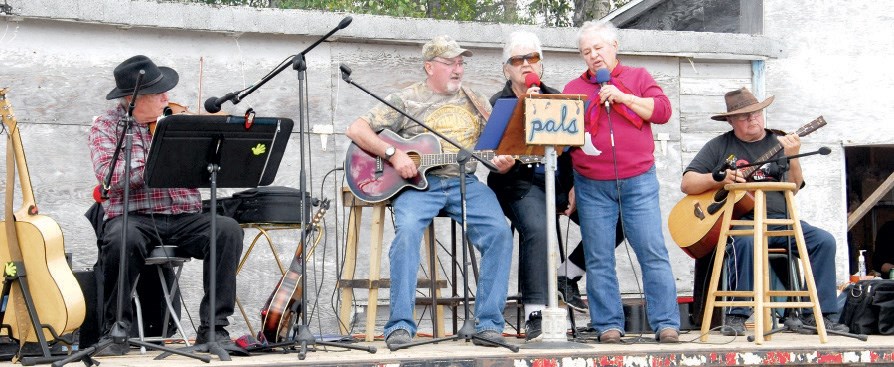(Editor’s note: The following are excerpts from a presentation made by Alphonse Trach, PALS president during the Au-gust Draft Horse Field Days in Rama. He described it as a tribute to the pioneers of the area)
(see photo gallery below)
"I’ve always loved horses. As a small boy, my dad took me to school in the winter with horses and a sleigh. In the summer time it was with a W4 McCormick tractor. When we would come by this particular pasture along-side the school, my head would pop up from behind the fender and I would admire these big beautiful giant horses as far as my big eyes could see."
"Then one day some-thing changed. We came by that pasture and my eyes could not see any horses. I was startled. I could not believe that pasture was so empty. Every-thing looked so dull."
"I was too young to understand change or to accept change."
"Next to the pasture were a Case S and a Case Model D pulling four-foot one-ways."
"What a change to grasp in a small country boy’s life!"
"But listening to older friends at that time of my life, I was able to capture the routine that took place on a family farm and I specifically want to use the term `family farm’ be-cause the whole family was involved."
"Today that term is unheard of. Instead, educated people are telling us that chocolate milk comes from a brown-and-white cow and eggs fall out of the chicken into cartons. Just a bit of senior humour."
"I sometimes think I should have been born on a Monday because I would have been able to learn more about horses from the older fellows."
"Then something crossed my mind. Sunday would have been better because I would have the day off and I would be six days closer to pension."
"Yes, as told to me, spring work began in mid-April to get the wheat seeded by the first of May. Barley and oats followed."
"Wheat was the cash crop sold to feed and cloth the family. Oats was used to feed the horses."
"Horses had to be fed, groomed and harnessed. First they had to put on the collars and fasten them securely. Then came the harnesses, everything adjusted to be of comfort to the horses. Then last came the bridles and the reigns fastened to the neighbouring horse. Now we are ready to go work in the field."
"Starting time was 7 a.m. or earlier."
"The fieldwork came to a halt when you met your neighbour that you haven’t seen for a long time and at the same time, you rested your team."
"Farmers didn’t have wristwatches. Their time-keeper was the sun shinning over them, telling them what time of the day it was, which dictated where they were, where they should be and when they were going to be done."
"The field work stopped for an hour or better at noon, to feed and water the horses and give the horses and the teamster a rest."
"A 20-run shoe drill, which is 10 feet, was pulled by four horses. The drill had two poles which went between the horses and held up the front of the seeder."
"The seeding rate for wheat was 1.25 bushels per acre."
"Four horses pulled a disc used for summerfallow and breaking."
"Four horses pulled a cultivator, and again, depending on the size of the cultivator, the horsepower could be increased by adding more horses when it was hard to pull."
"In the spring, plowing was done with four horses and a two-bottom plow was used before the land could be seeded. Harrowing had to be done by a teamster walking behind the harrows. Later, he was able to ride in a harrow cart."
"Just imagine what you would look like at the end of the day. Your wife would say, `John is that still you?’"
"That was what took place in the spring. Later as the crop was ripening, the binder and the binder team were prepared. The binder was pulled by four horses. Binder twine was in the box that was round and had two holes in it. It made a good nesting spot for house wrens in the summer."
"The binder was fairly hard to pull on hot days."
"The binder left rows of sheaves, about four at a time, dropped by the carrier."
"Men who knew stooking came after and put the sheaves into stooks of six to eight sheaves each."
"Later a separator was pulled in. It was usually called a threshing machine and was powered by a steam tractor. Horses, hay racks and field pitching followed. The harvest then went into motion.”
Trach said he put in every effort possible to compile information from this part of history and gave it the attention it deserves. "Farming with horses and the old time threshing crews are our heritage.
"I want to respectfully dedicate this story as a tribute to the pioneers and fellow teamsters. Those who love working with horses continue to demonstrate this part of our heritage which is now a part of our culture.”




